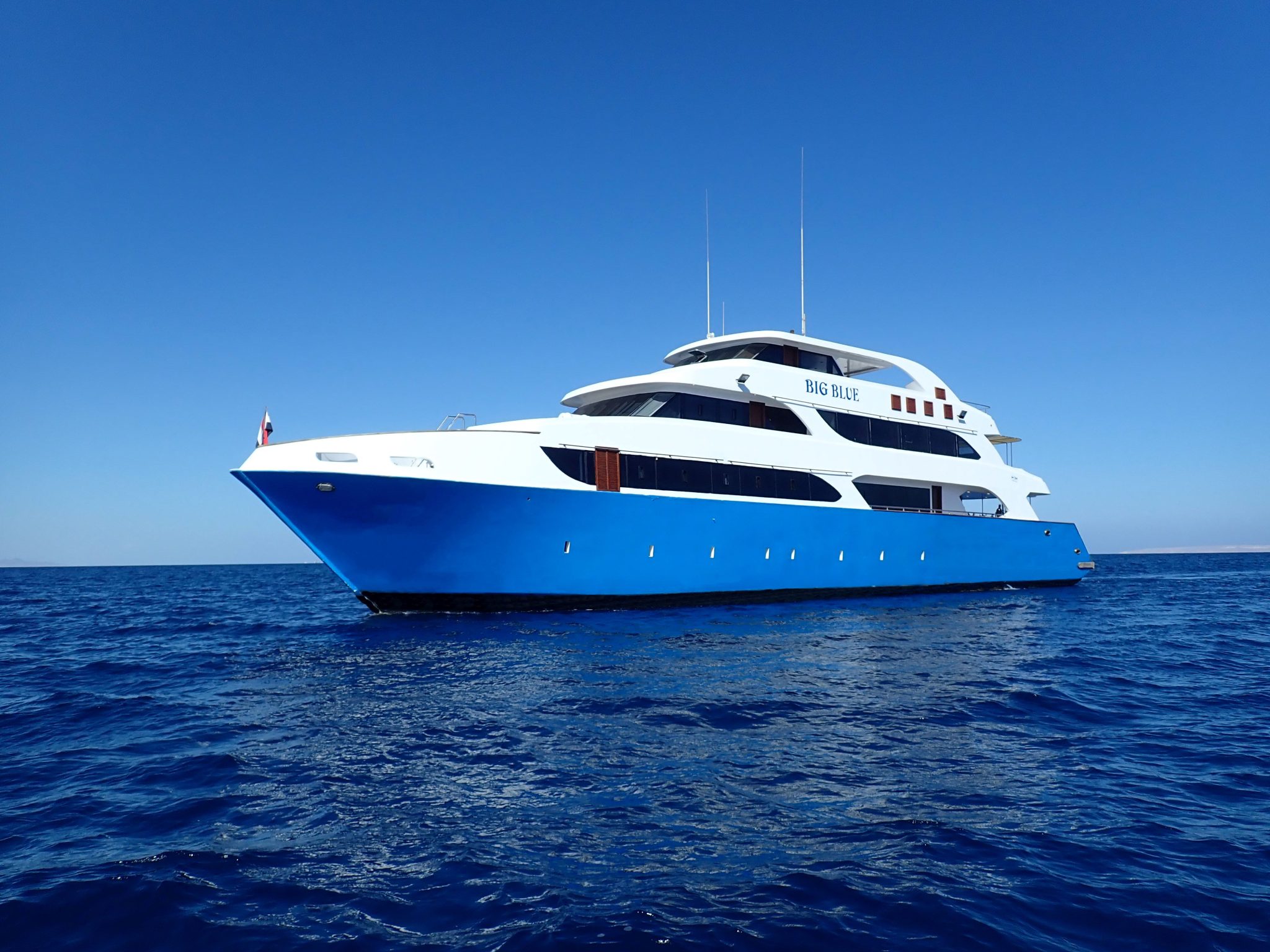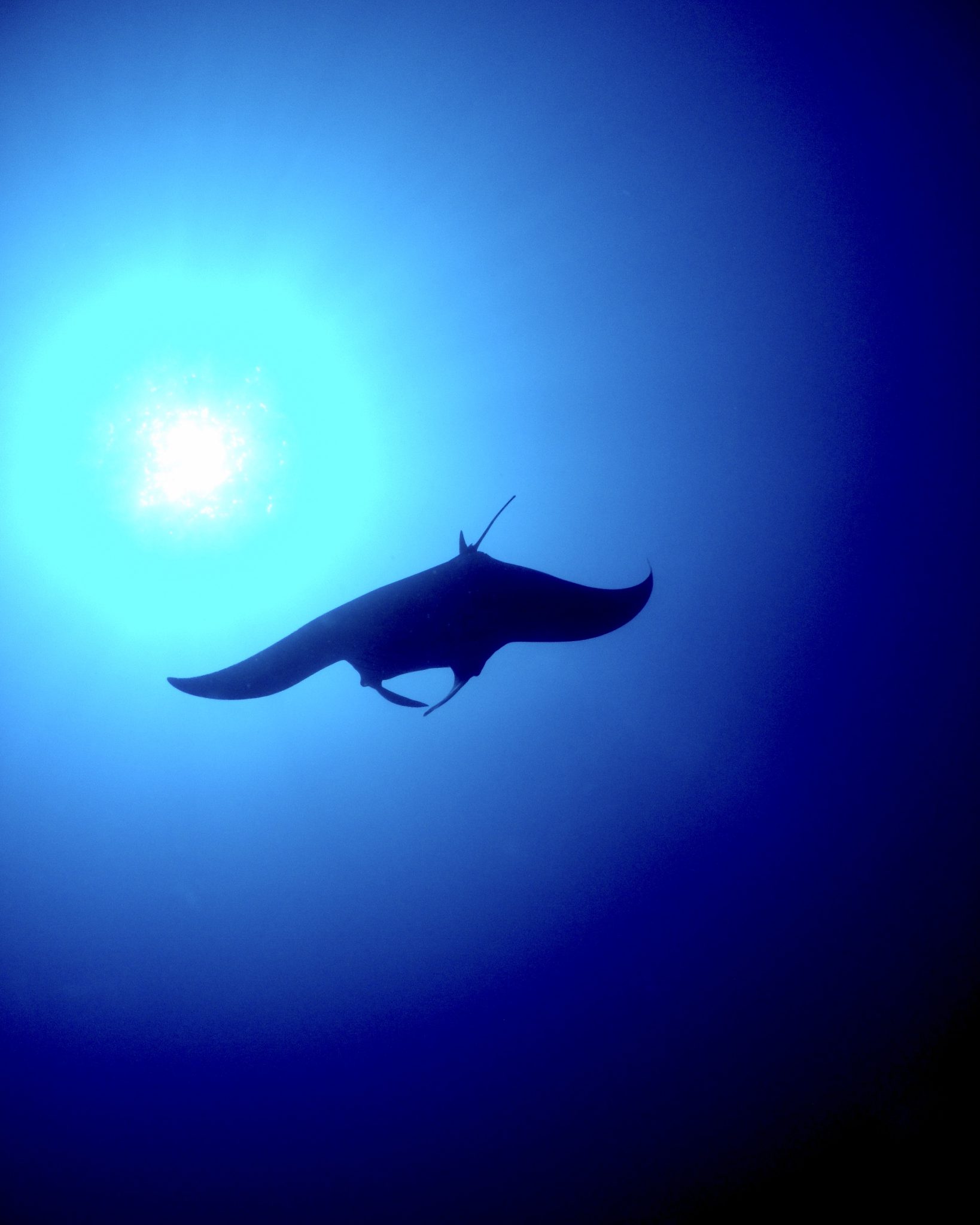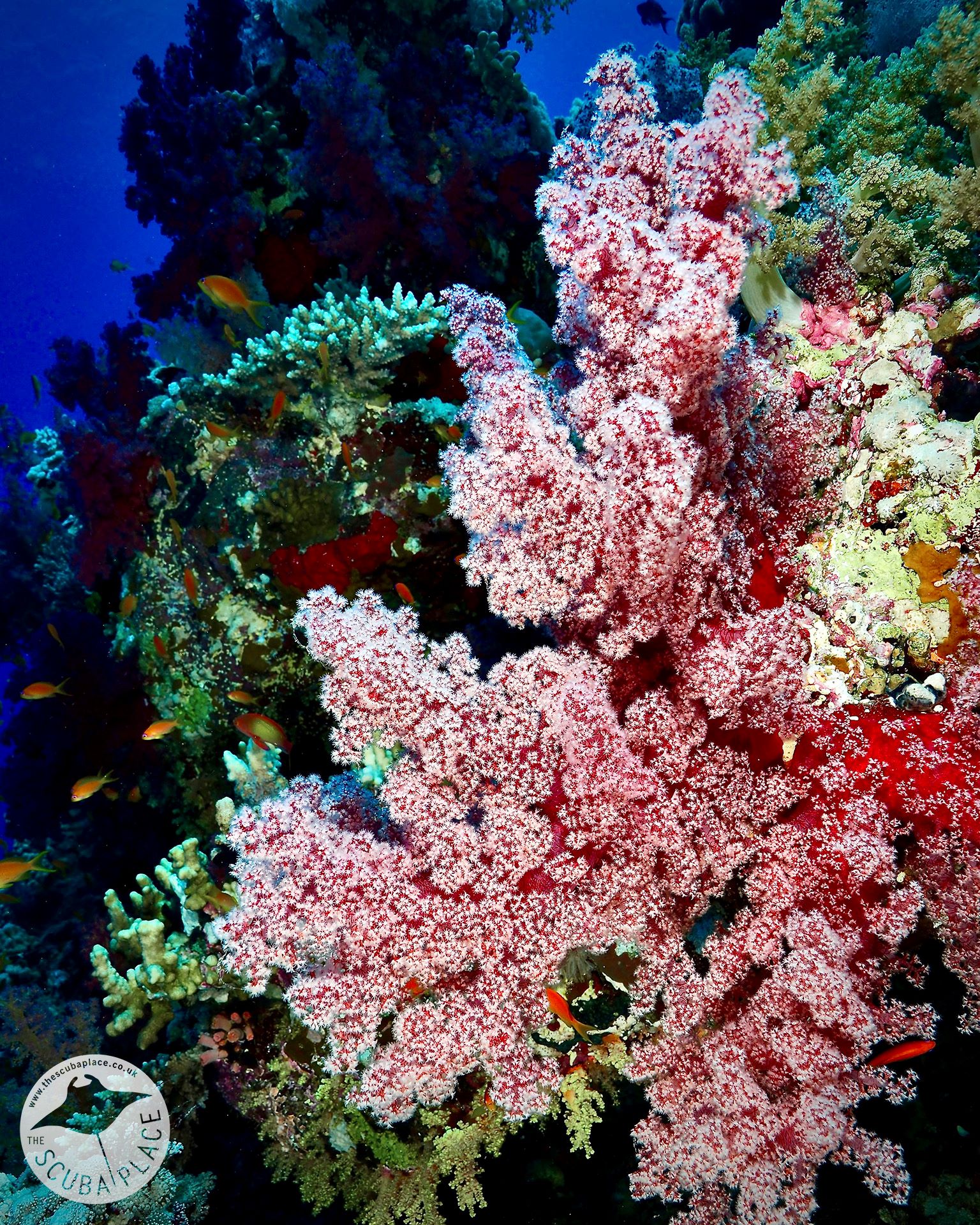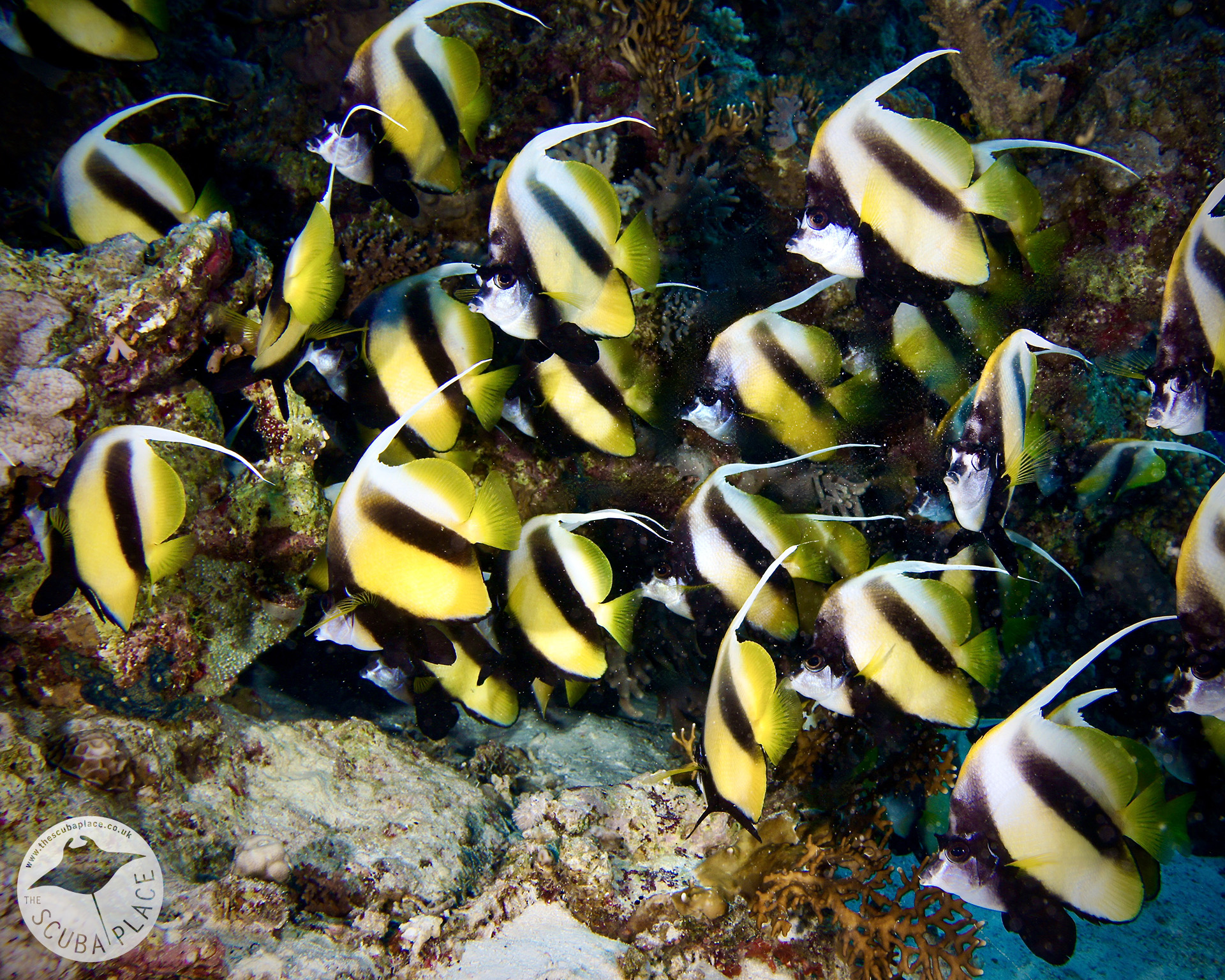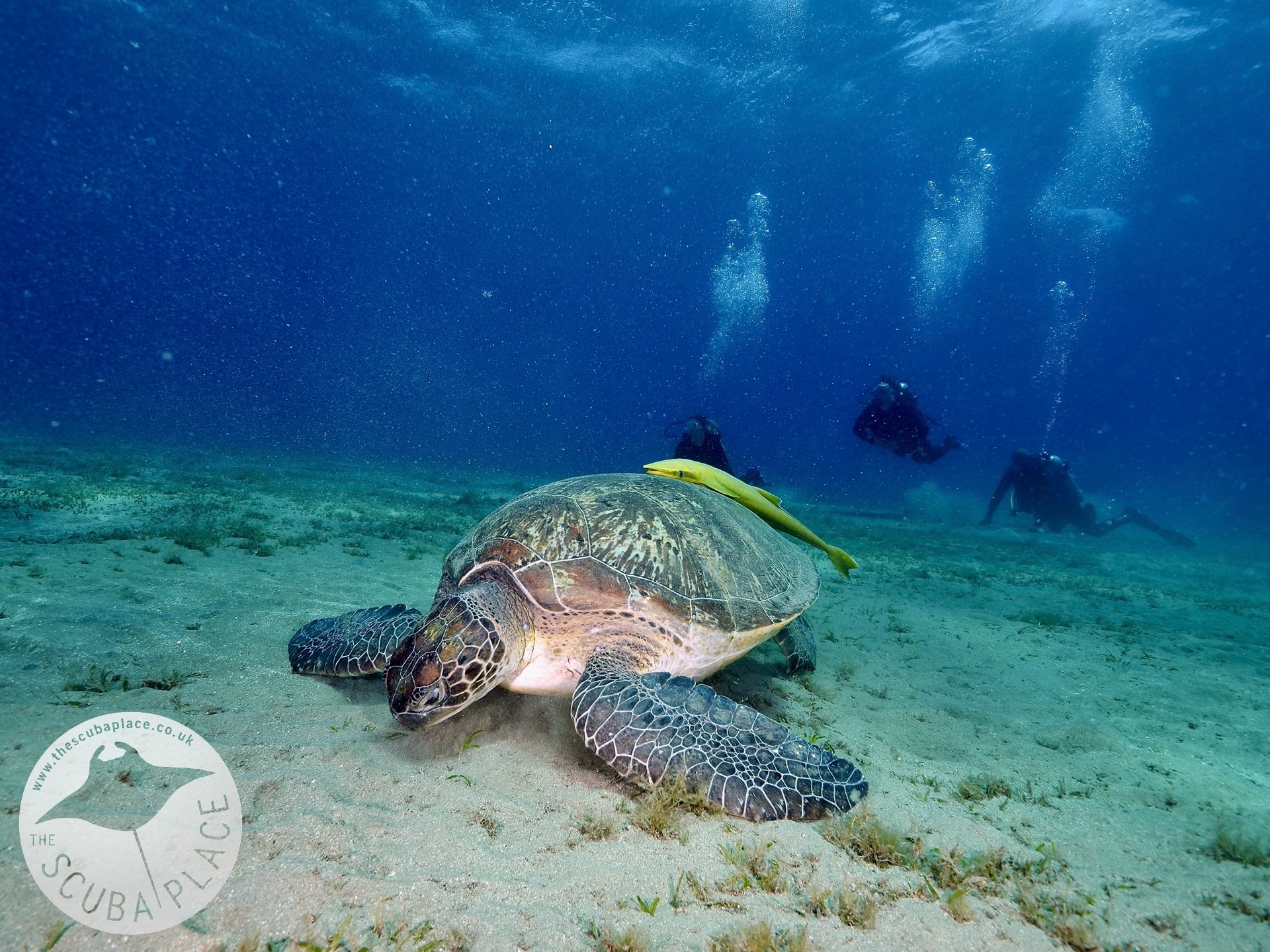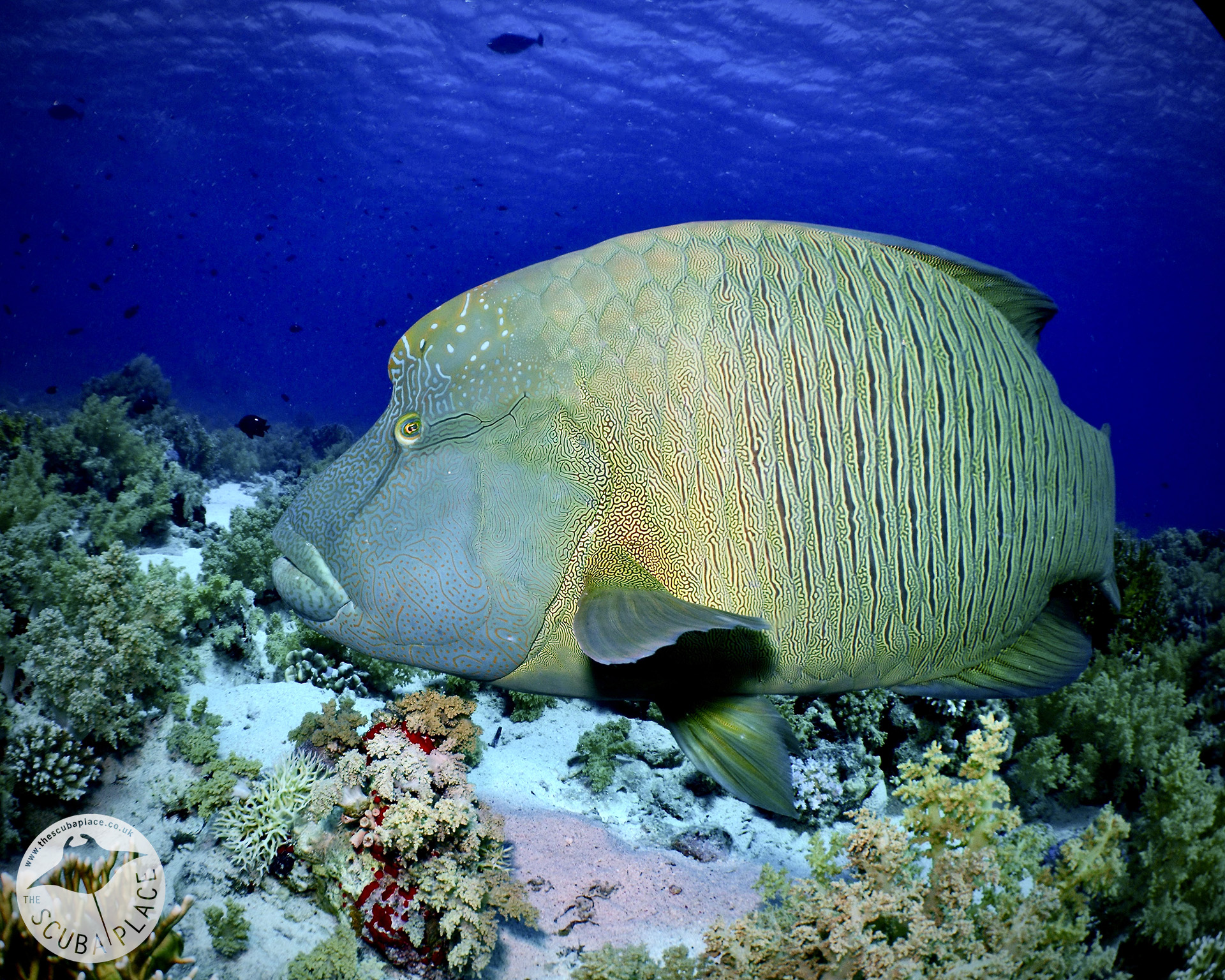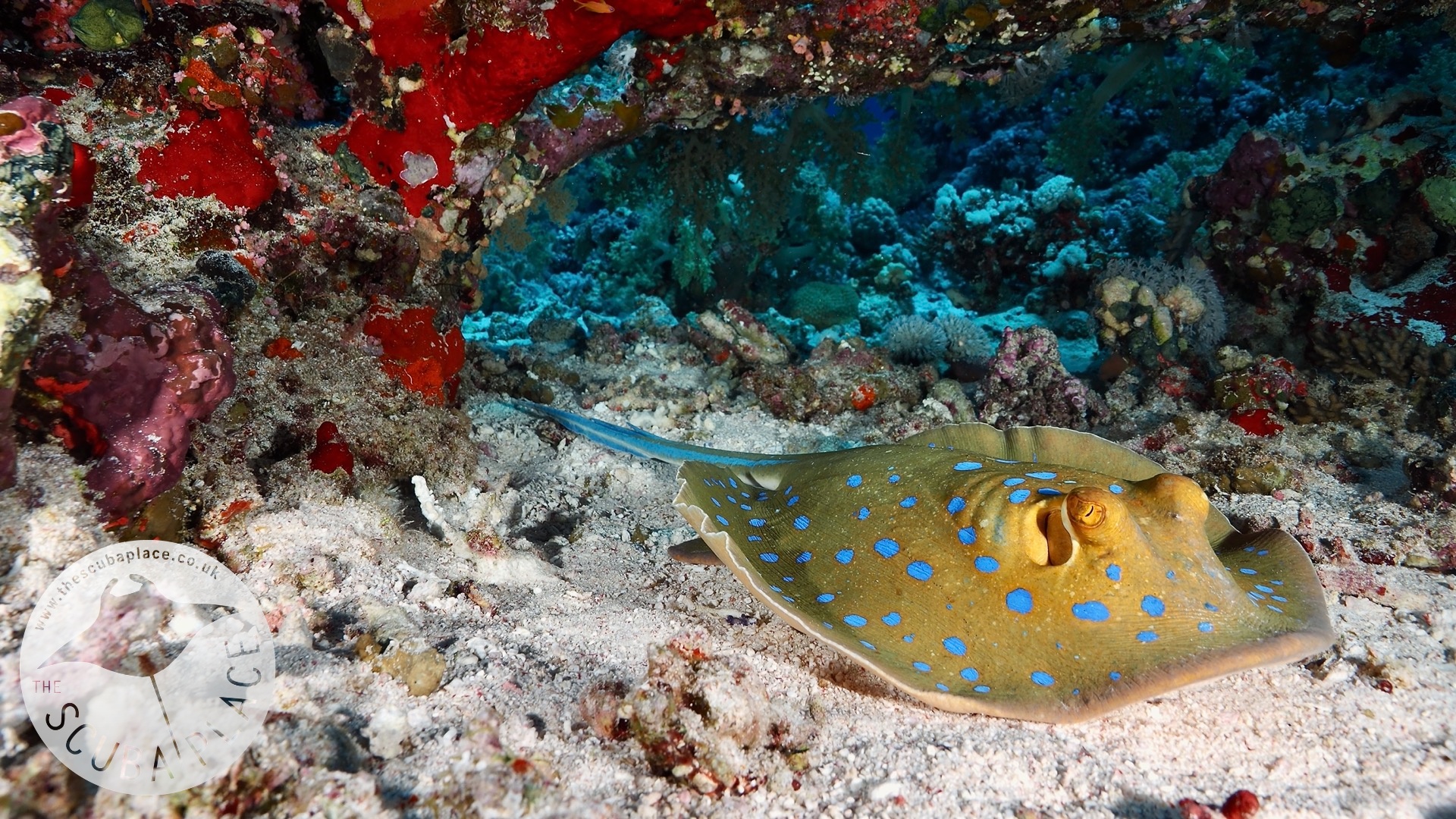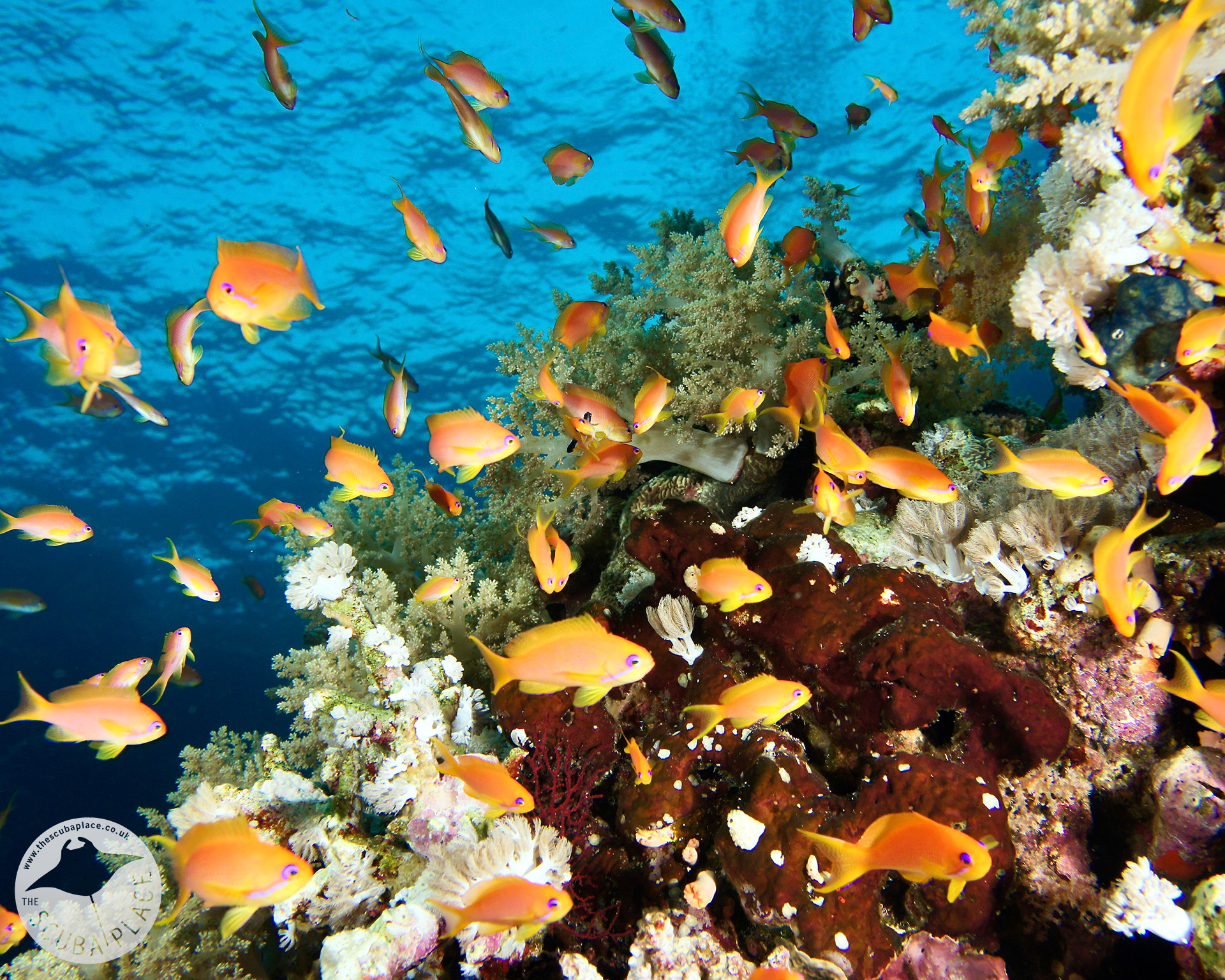News
Dive the Red Sea: Our Favourite Red Sea Safari Itinerary
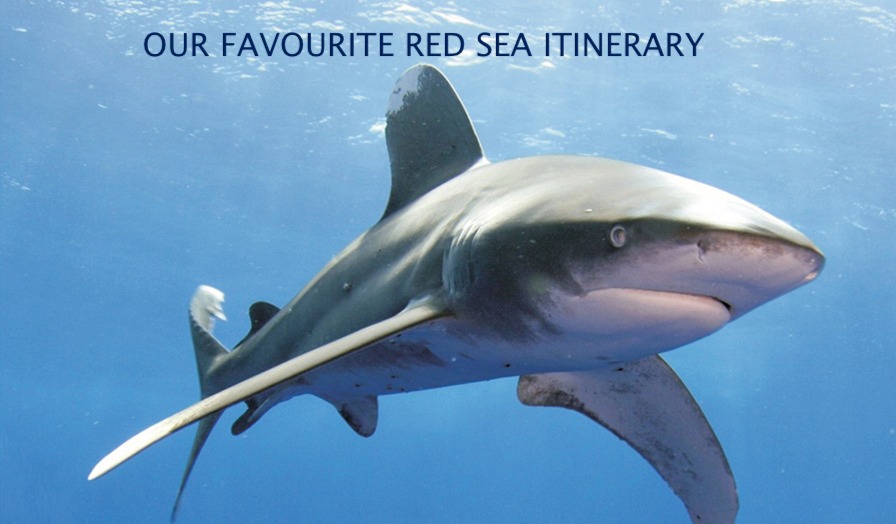
The Scuba Place talks about why the Deep South itinerary on Big Blue is their favourite Red Sea Safari…. Do you agree?
RED SEA WALL TO WALL, BDE or SIMPLY THE BEST? Whatever name you know this itinerary by, we can attest they all make perfect sense.
If you don’t know what I am talking about, then here is a guide to what I consider to be the very best liveaboard reef itinerary there is in the Red Sea. And I say reef deliberately so as not to confuse those who like all things rusty underwater – this is all about pretty things and fish, not hunks of metal! Although… there is a little bit of that too!
Some operators refer to this trip as “Simply the Best’, and I totally get that. Some call it simply Brothers, Daedalus and Elphinstone, and I can’t argue with that either. Some call it Red Sea – Wall to Wall, and that makes perfect sense too.
What is safe to say is, whatever you or they call it, this itinerary totally rocks!
There aren’t many divers across the globe who don’t know how good the Red Sea is, and we here in the UK are spoilt rotten by the fact that it is a mere 5 and a bit hours away. The resorts of Dahab, Sharm El Sheikh, Hurghada and Marsa Alam all offer really really good day boat diving, and the safaris are world class. The very best sites to dive are the offshore reefs where currents keep the corals super clean and healthy, and where the bigger animals come to feed and get cleaned – and the stars of these offshore reefs have to be The Brothers, Daedalus and Elphinstone.
Elphinstone is the only reef that is reachable by day boat – there are super-fast RIBS from Marsa Abu Dabbab that will make this trip, and day boats from Port Ghalib also make this trip, a journey that takes approximately 2 hours. But if more big reef diving is your preference, then the only way to do this is on a liveaboard safari.
Elphinstone itself is pretty spectacular. Sha’ab Abu Hamra, its proper name, is a reef that sits just below the surface some 6 and a half miles out to sea from Abu Dabbab. Bizarrely, for such a spectacular dive, the reef is a mere 300m long and some 20m wide at the surface. Running North to South, with steps down to 42 and 40m at either end, the reef ‘grows’ as you descend. Below the lowest steps, the reef drops into the abyss – and allegedly, no one knows how deep the drop-off actually goes!
It is, however, the depth of this reef that makes it so healthy and populated – the up currents bring food from the depths, making the reef at Elphinstone a super-sized dining table if you like. The corals are spectacular – big as can be, the brightest of bright and variety of colours, and marine life swarms the reef. The schools of anthias here are second to none, and bannerfish, parrot fish, damsels and surgeon fish add to the party. Sponges and beautiful soft corals fill your view as you look at the reef.
It is also super important to keep an eye on the blue too – barracuda, tuna and trevally sweep by constantly. Turtles and Napoleon wrasse are also often found here, and both mantas and whalesharks come by, but it is the sharks that really are the draw here. White tip and grey reef sharks are commonly seen, but the highlights here have to be the Longimanus – Oceanic Whitetip – and the hammerhead sharks.
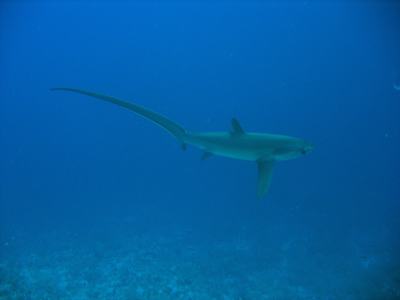 Our trip in May 2023 also delivered not one but two Thresher sharks on this dive site! We managed three drift dives – the expert zodiac crew dropping us off at the Northern point and meeting us at the Southern tip at the end of the dive on two of the three dives, letting us use the current to drift along at some speed and pop up an SMB at the end of the dive. Our third dive, the current had dropped to almost nothing, so we dropped down to the plateau at the southern end of the reef and hung around with a huge barracuda and a couple of Napoleon wrasse.
Our trip in May 2023 also delivered not one but two Thresher sharks on this dive site! We managed three drift dives – the expert zodiac crew dropping us off at the Northern point and meeting us at the Southern tip at the end of the dive on two of the three dives, letting us use the current to drift along at some speed and pop up an SMB at the end of the dive. Our third dive, the current had dropped to almost nothing, so we dropped down to the plateau at the southern end of the reef and hung around with a huge barracuda and a couple of Napoleon wrasse.
A good safari boat will give you a full day of diving here at Elphinstone, but it will be for one day at the beginning of the trip in all likelihood – there are no anchoring points here for overnight stays. An additional day might be available at the end of the trip if you are super unfortunate and the weather disrupts the other sites, but that isn’t that unlucky in my book
Next comes the dives at The Brothers. Big Brother and Little Brother sit approximately 35 miles off the mainland coast of Egypt – far enough to make them reachable only by safari boat. That is great news for divers on a liveaboard – no day boats! However, there can be lots of safari boats, but a good Captain and Dive Manager will work with the other boats to make sure there are as few divers as possible in the water at any time.
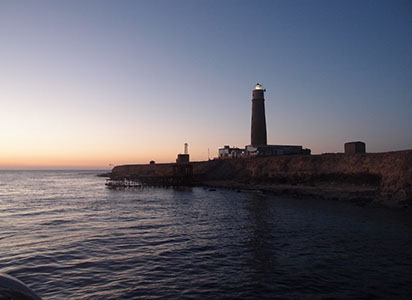 The local name for the Brothers is El Akhawein, and these two islands are reputed to be the very best dive destination in the Red Sea. They sit in a protected marine reserve, and like Elphinstone, there are no moorings here, so no night dives or overnight stays. Both islands are uninhabited, although there is an operational lighthouse on Big Brother.
The local name for the Brothers is El Akhawein, and these two islands are reputed to be the very best dive destination in the Red Sea. They sit in a protected marine reserve, and like Elphinstone, there are no moorings here, so no night dives or overnight stays. Both islands are uninhabited, although there is an operational lighthouse on Big Brother.
There are also two wrecks on Big Brother – the Aida which sits between 15 and 45 metres on the Western side of the island, and the Numidia, sitting between 10 and 85 metres deep on the Northern side. Both are excellent wrecks and have been down long enough to be overgrown with corals and inhabited by marine life.
The Numidia wreckage breaks up the reef nicely and we found numerous huge, bearded scorpion fish and a handful of nudibranchs sitting on its superstructure, pipefish and again, large Napoleon wrasse, but seeing another thresher shark, closely followed by a large manta ray, was the highlight for me.
We crammed in four dives here – one on Little Brother, and three on the big sibling. They were all totally amazing – this has to be my very favourite spot in the Red Sea. Straight to the point – manta ray, thresher shark, grey reef shark, turtles, hordes of schooling fish and the most stunning soft corals ever. Loved it, loved it, loved it!
It was then on to Daedalus Reef. I have tried to get here on several occasions in the past but got beaten by the weather and other circumstances, but this time, with now flat calm seas, I knew we were going to get there! A long overnight sail against the wind had us arrive at about 0500 and then it was down to some serious deep sleep before waking for a day of diving.
Daedalus Reef, also known as Abu Kizan, is a pinnacle with a man-made island and lighthouse sitting atop. It can be found c.50 miles out to sea, due east of Marsa Alam and slap bang in between Egypt and Saudi Arabia. Accessible only by liveaboard, this is a super-remote place and a protected marine park. This, combined with the flowing currents, make it incredibly populated and super-healthy.
Diving on the east side in the morning and the west side in the afternoon gives the very best light, and whilst we try to do this, all diving here is decided by the currents. The good news is, although no night dives are permitted, overnight stays are, and this means another day of diving is available! This was a no-brainer for us, the diving here is phenomenal.
As well as the now common abundance of incredible corals and reef inhabitants that we experienced on this trip, Daedalus is probably the best place in the Red Sea to see hammerhead sharks in big numbers, for they seem to school here. On this trip, we didn’t get to see schooling hammerheads, but we did get several individuals on each dive. We also saw another manta, plenty of trevally, a school of barracuda, a turtle or two and some of the healthiest corals ever. Other divers allegedly saw a whaleshark, but not us, sadly.
On top of that, the surface intervals here give you an opportunity to leave the safari boat and go on to the island, climb up the lighthouse where the views are amazing, and even buy a t-shirt from the ‘shop’ on the island.
I have dived the Red Sea for more than 15 years now, going at least twice a year, and that is a lot of diving. I love the amazing wrecks to the North, Rasmo and Tiran too, but honestly, for me, there is nothing like hitting these huge offshore reefs and experiencing their amazing offerings.
Thresher sharks? Mantas? Oceanic white tips? Hammerheads? Yes – and so much more – all in some of the healthiest and most beautiful coral environments there are.
Want to be blown away? Do this trip. Simply the Best works for me!
Our vessel for the week was the British-owned and operated Big Blue. At 42m, she is one of the larger boats in the fleet and sleeps up to 22 people, so there’s a lot of space on board. Smaller boats take more people, but we like space! We had twinset and sidemount divers with us, and no one was cramped on the dive deck. The food is great, and there is plenty of it; the crew are highly professional and fun, the air-conditioning works, and the cabins are plenty big enough. Beers are cheap, which helps, and mixers are free of charge should you bring some gin on board.
Big Blue does not mandate the number of dives you need to book a trip or set a minimum qualification other than Open Water (or equivalent), but what they do insist upon is that you have both a reel and SMB, and that you can use it properly. The check dive will involve everyone sending up an SMB, just to ensure a level of competence.
Key Facts :
- Getting there : EasyJet flies from Gatwick, Bristol and Manchester direct to Hurghada in just 5 hours. We were greeted by staff airside with our visa which is a great service! Saved us from queueing to purchase our visa. Once we had baggage in hand we loaded up for a quick 15 minutes to the marina.
- Air temperature : Varies from a low of 21°C in December January to 32°C in July August.
- Water temperature : 24-28°C. A 3-5mm full suit will suit most in the summer months.
- Visa requirement : for £30 we had a VIP visa service offered by Big Blue. We were met airside with our visa and avoided standing in the queue to purchase.
- Health protocols : You do not need to show a COVID vaccination certificate or negative COVID test to enter Egypt. Health officials may screen you for COVID symptoms on arrival. They may also randomly select travellers for rapid antigen testing.
- Currency : Egyptian pounds, Euros, British pounds are all accepted on board Big Blue.
- Electricity : 220V with 2 prong sockets. An extension lead is always a good idea.
- Internet and Wi-Fi : There is limited signal when out to sea. We did take along a dongle and purchased a sim card at the airport for £10 for 20G of data.
Price Guide: Expect from £1,650 per person with EasyJet flights based on two sharing a standard cabin for 7-night safari with NITROX included. Marine park and Port fees are also included but the Environmental tax of €70 will be collected on board. Bar bill and tips are extra.
Our Advice: If you haven’t been on Big Blue give it a try. It’s spacious and super comfortable and they have a relaxed attitude with an emphasis on diver safety. Half and full charters are available as well as individual spaces. We’d be happy to help your dive club charter a week!
Packing tips :
- Reef friendly sunscreen : The sun can be fierce on the water so come prepared!
- Reading material : Bring your Kindle loaded with a few books – remember wifi signal can be sketchy… or a few paperbacks… there’s a shelf in the salon for book sharing if you want to leave them behind.
And most importantly….
SMB and reel : and please make sure you know how to use it.
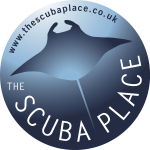 The Scuba Place designs and builds custom scuba diving holidays. With personal knowledge and experience diving in many of our destinations, there is no one better to help build your dream dive holiday. Come Dive with Us!
The Scuba Place designs and builds custom scuba diving holidays. With personal knowledge and experience diving in many of our destinations, there is no one better to help build your dream dive holiday. Come Dive with Us!
Call us at 020 3515 9955 or email at reservations@thescubaplace.co.uk
Find us on
Facebook : https://www.facebook.com/thescubaplace
Instagram : https://www.instagram.com/the.scuba.place/
YouTube : https://www.youtube.com/channel/UCH684OdioYirI-zzdT58Ceg
News
Book Review: Fire on Monroe Bravo by Fred Lockwood

Fire on Monroe Bravo is the latest book in the Jack Collier series by Fred Lockwood. Our story begins with our lead characters, Jack and Sandro, owners of Marine Salvage & Investigation Company, arriving on the Monroe Bravo Oil & Gas Platform in the North Sea. Having secured a contract for their vessel the MV Stavanger to act as support ship to the platform for TransGlobal Oil, our protagonists are on a celebratory visit.
However almost as soon as they arrive a series of explosions rock the platform, causing huge damage, loss of life and the very real danger of a massive human, ecological and financial disaster.

As the danger mounts for both our heroes and the surviving workers, Jack and Sandro will have to escape the inferno, all while trying to save the platform and the men still trapped unable to help themselves.
The disaster sets the scene for the unfolding story lines following the fate of the platform and our main characters, the police investigation into a suspected terrorist act and the actions of TransGlobal Oil as they attempt to navigate the pubic outcry and financial repercussions.
In his eighth book, Fire on Monroe Bravo, Fred Lockwood delivers an explosive thriller, with plenty of above and in-water drama, and our heroes fighting for survival, what more can you ask for?
We thoroughly recommend this read and look forward to the next in the series. For more information about his book series, you can check out the reviews of his previous books here on Scubaverse.
- Title: Fire On Monroe Bravo
- Author: Fred Lockwood
- ISBN: 979-8325324536
Available in a paperback version and for Kindle from Amazon and book stores.
Blogs
Alonissos: The complete diving destination (Part 1)

In June we were incredibly fortunate to be invited to dive in Alonissos, a small Greek Island in the Sporades island chain located in the North Aegean Sea. While I have long been a big fan of the Greek Islands as a great holiday destination, I had not had the opportunity to do any diving on previous visits and Mike and I were extremely excited to see what Alonissos had to offer both above and below the surface!

The Sporades are easily accessible via the airport in Skiathos (the first island in the chain), which is served by Jet2 flights from all major UK airports from May through October. Numerous ferries and charter boats make island hopping from Skiathos Town a breeze. After an hour boat ride, the picturesque port of Patitiri was a wonderful introduction to Alonissos, where we were met by our gracious hosts Kostas of Albedo Travel and Dias of Alonissos Triton Dive Center. Mike and I were delighted to be staying at the Paradise Hotel, aptly named for its stunning views over the sea and great location for walking to the waterfront.

Alonissos is beautifully situated in the National Marine Park of Alonissos and the Northern Sporades, the largest marine protected area in Europe. The surrounding seas offer fabulous marine life, including incredibly rare species such as the Mediterranean monk seal. They boast deep walls covered in gorgonians and sponges, stunning topography with caverns, swimthroughs and pinnacles, and the first accessible ancient shipwreck from 500BC!

In locations where historical sites have been reported, the waters are largely restricted, but with collaboration between government, underwater archeologists and dive centres, incredible underwater museums are being created for a truly unique diving experience. Alonissos is home to the first of these, the Ancient Shipwreck of Peristera Accessible Underwater Archeological Site. The chance to dive into history (along with reports of healthy reef life and amazing underwater topography) meant Mike and I were keen to get in the water.

Our introduction to the diving around Alonissos was at the Agios Georgios Pinnacles, in the channel between Alonissos and Skopelos. This fantastic site was named “The Chimney,’ and proved to have a huge amount to see. We got to a decent depth here (over 25m), and marvelled at a colourful reef wall with a wonderful swim through whose rocky walls were absolutely covered with life. As well as brilliant topography there was no shortage of macro life here. We saw numerous nudibranchs, five different species in total. The second dive at Mourtias reef nearby was a shallower dive along a nice wall with lots of crevices. Several moray eels and grouper called this site home. We enjoyed looking in the crevices for lobster and smaller benthic life, such as cup corals and tunicates.

Our itinerary allowed us two dives a day with afternoons left to explore the island with our hire car and evenings to enjoy the famous Greek hospitality. This proved to be a lovely mix of in-water and land based diversions.

The next days diving to the Gorgonian Gardens and Triton’s Cave was to be even better! These two stunning sites are nothing short of fabulous. The Gorgonian Gardens was a deep wall near to the Agios Georgios islands. The ever-present currents in this deep channel meant that the sea life was amazing … the namesake Gorgonian sea fans dotted the wall at a depth of 30 to 50 meters, getting ever larger the deeper we went. Above 30m was by no means less beautiful, with sponges, corals, scorpionfish, moray eels and some rare and colourful nudibranchs.

The second shallower dive of the day was to Triton’s Cave or the Cavern of Skopelos, on the east side of that island. The spectacular rock formations had wild striations both above and below the water making a truly epic topography. The cavern entrance was at 14m, and big enough for a buddy pair, winding up to 6m and passing two beautiful windows out into the blue. Emerging from the cavern, the light at the shallower depths and the incredible rock formations made for a fantastic gentle swimming safety stop and we all surfaced by the boat with massive grins.

Check out our next blog :Alonissos: The complete diving destination (Part 2)” to hear about our amazing dive on the 2500 year old Peristera Wreck!
Thanks to:
Alonissos Triton Dive Center https://bestdivingingreece.com/
Albedo Travel https://alonissosholidays.com/activities/
Paradise Hotel https://paradise-hotel.gr/
Alonissos Municipality https://alonissos.gr/en/
-

 Blogs2 months ago
Blogs2 months agoDiving With… Nico, Ocean Earth Travels, Indonesia
-

 News1 month ago
News1 month agoMurex Bangka Announce New Oceanfront Cottages & Beachfront Dining
-

 Blogs2 months ago
Blogs2 months agoA new idea in freediving from RAID
-

 Marine Life & Conservation1 month ago
Marine Life & Conservation1 month agoIceland issue millionaire whale hunter a licence to murder 128 vulnerable fin whales
-

 Marine Life & Conservation2 months ago
Marine Life & Conservation2 months agoThe Shark Trust Great Shark Snapshot is back
-

 News3 months ago
News3 months agoCharting New Waters; NovoScuba Goes Global with the Launch of their Revolutionary Dive Training Agency!
-

 Gear News1 month ago
Gear News1 month agoNew Suunto Ocean – a dive computer and GPS sports watch in one for adventures below and above the surface
-

 Marine Life & Conservation Blogs2 months ago
Marine Life & Conservation Blogs2 months agoBook Review: Plankton


